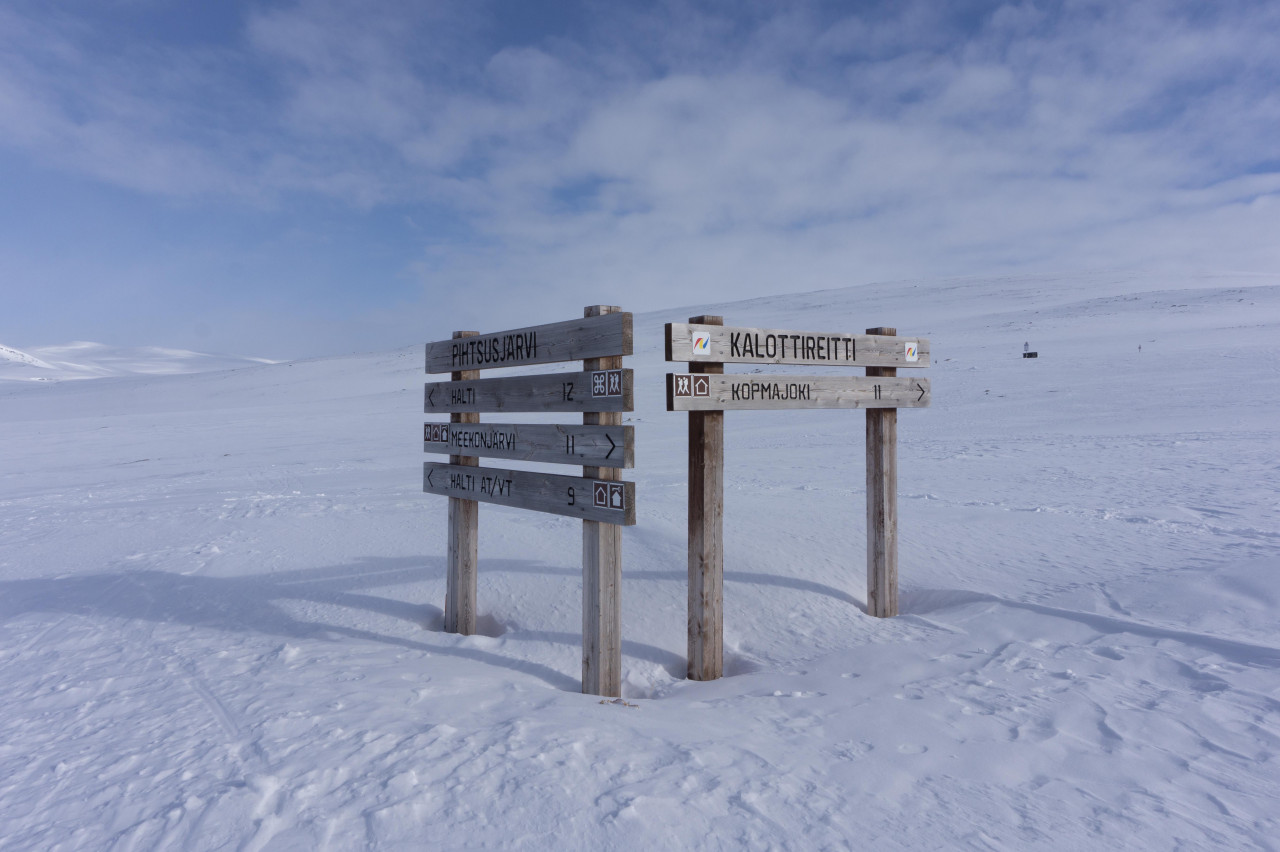Visual representations of new destinations have always inspired travellers. Early on, commissioned paintings were employed to promote the allure of untouched nature, challenging earlier perceptions of perilous wilderness. Staged photographs, postcards, and popular media served similar promotional purposes. However, the advent of social media has brought about a significant shift. It's no longer just about sharing holiday snapshots with friends back home. Through global social media platforms, visitors inspire others about where to visit and what to see. This shift from traditional media to user-generated content means that social media users now have an impact on the tourist gaze outside government policies, environmental planning, or visitor management control.
At the same time, managers of protected recreational areas have faced the challenge of meeting the needs of increased outdoor recreation and visitations to protected areas while safeguarding their ecological integrity. The increasing influence of social media as travel inspiration highlights the need for a better understanding of how social media impacts visitors and its potential contributions to visitor management.
In this study, I explored how social media impacts visitors gaze in protected nature recreational areas, using the example of Kilpisjärvi and the Käsivarsi Wilderness Area in northwestern Finnish Lapland. The research question is divided into three sub-questions: 1) What is posted on social media about visits to Kilpisjärvi and the Käsivarsi Wilderness Area? 2) How does this content reinforce or challenge existing perceptions of nature? 3) What insights do social media and Big Data information-gathering methods offer for visitor monitoring?
I situated these research questions within the theoretical framework of the cultural construct of nature. To provide a longitudinal perspective on how our perception of nature is shaped by cultural and social influences, I explored the role of visual arts in wilderness discourses from the Romantic era to the present social media age. Next, I studied social media as a platform reflecting the tourist gaze: it is where the visitors share visual narratives, shaping the interpretation of landscapes and co-creating destination imagery. This characteristic of social media has allowed for several quantitative and qualitative visitor monitoring studies in the last years.
The social media data, which was collected in 2019, consists of images that underwent analysis using both a computer vision programme for image analysis and manual categorisation techniques. Textual data was manually classified. I reflect on the consequent quantitative data with netnographic observations and ultimately use spatial analysis to overlay the social media data onto the geological, political, and environmental context of Kilpisjärvi.
This study reveals that visitors’ social media posts from Kilpisjärvi often perpetuate colonialist and romanticised imagery of wilderness landscapes. Large open landscapes dominate the selected content, while images depicting individual elements of ecological nature or local everyday life and cultures are relatively few. Social media demonstrates a strong feeling of community, which strengthens, at unprecedented speed, the power of its impact on the tourist gaze, framing nature into sharable images. These results suggest that social media guides visitors to nature destinations primarily to admire landscapes, often overlooking ecological aspects. This tendency may foster a superficial relationship with nature. Furthermore, social media propagates a colonial discourse by marginalizing local and indigenous cultures, rendering them invisible within the landscapes depicted.
This study contributes to the evolving research field by providing further evidence of the usability and limitations of social media data for visitor monitoring. Additionally, it advances qualitative interpretations of spatial and quantitative social media data through novel use of viewshed analysis to study visitor preferences. Finally, I have addressed the challenge for visitor management to balance the social media's benefits in promoting destinations with its potential to shape the tourist gaze and limited representations of nature through shareable images.
Read more here
